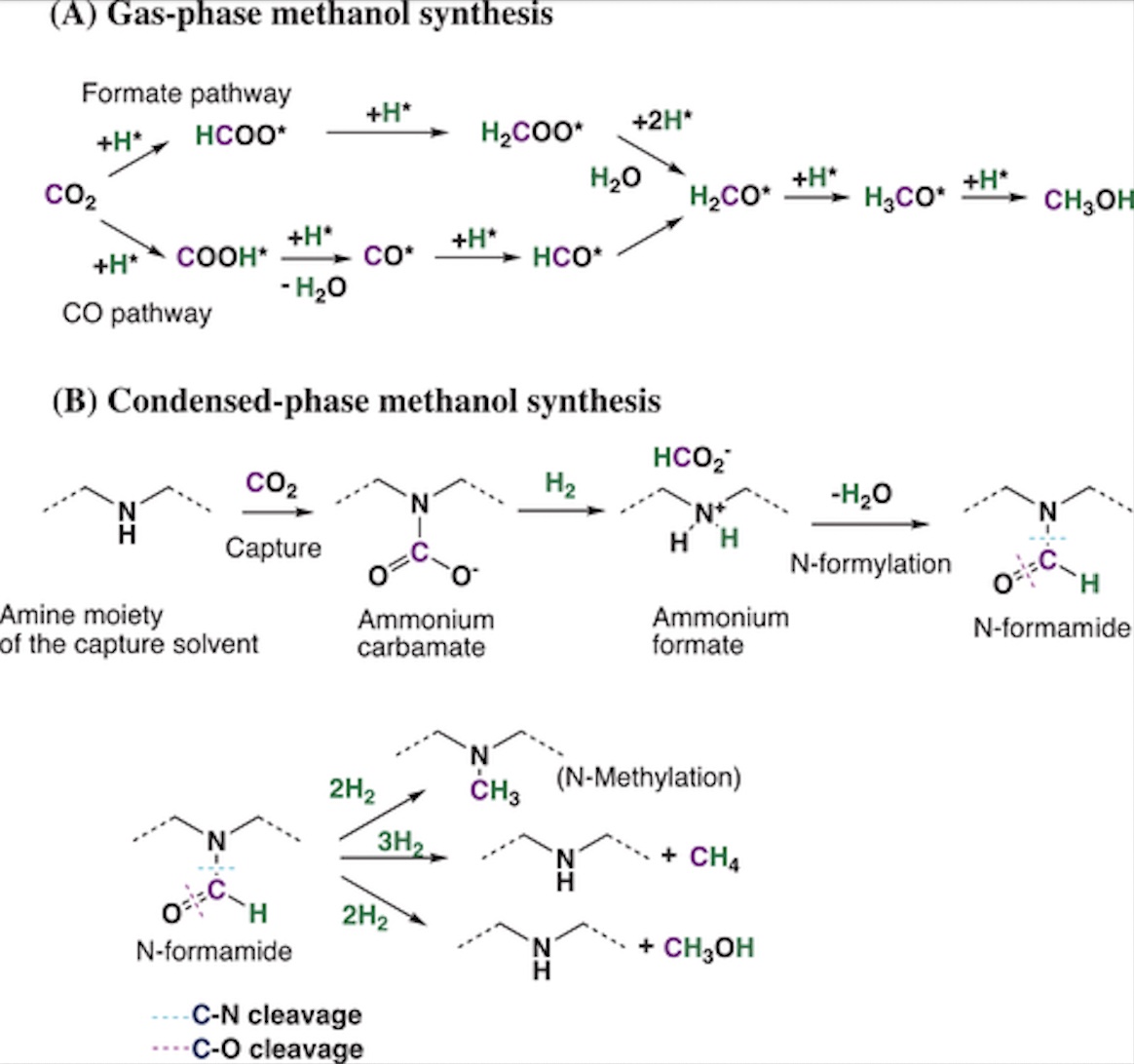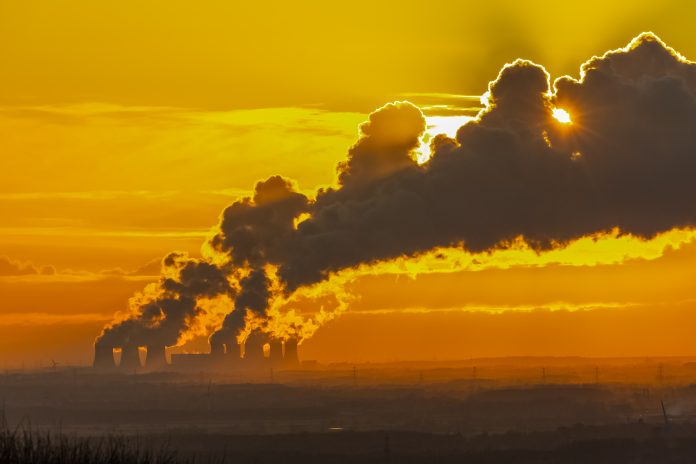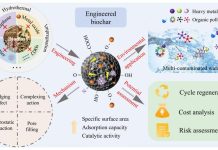Scientists from the Department of Energy’s Pacific Northwest National Laboratory reveal their success in making carbon capture more affordable and widespread
The capture, removal and repurposing of carbon dioxide is key in our journey towards preventing climate change; however, current carbon capture technology has far to go before reaching its affordability and accessibility goals.
The team from PNNL have revealed to have created a new system that efficiently captures CO2 in the least costly to date whilst also converting it into one of the world’s most widely used chemicals: methanol.
The importance of containing CO2 and protecting our atmosphere
The continuing release of CO2 into the earth’s atmosphere is having visible effects on people worldwide and will only worsen.
Ensuring efficient carbon capture is a major landmark in the battle against climate change and global warming – it’s time to battle CO2 emissions head on.
According to researchers, encouraging countries around the world to engage in thorough carbon capture efforts will require the provision of incentives due to the high cost of commercial capture technology.
The production of methanol as a by-product may be the answer to this.
The power of methanol incentives
PNNL researchers reveal that by converting CO2 into useful substances like methanol may offer a route towards promoting industrial companies to capture and repurpose their carbon.
Methanol has the power to be used as fuel, solvents and as a key ingredient in plastics, paint, construction materials and car parts.
The PNNL team, run by chemist David Heldebrant discovered that “upon the release of captured CO2 through thermal regeneration of the carbon capture solvent at low pressure, the CO2 can be compressed and either stored underground or used as a C1 source”. In their piece for Advanced Energy Materials, they explained that this C1 could be used to produce are known as “value-added chemicals/materials and fuels, such as formic acid, methanol, methane, ethanol, polycarbonates, and others.”
(Video by Eric Francavilla | Pacific Northwest National Laboratory)
Carbon recycling: Striving towards a cleaner climate through carbon capture
David Heldebrant, the lead researcher behind the new technology, compared the system to recycling. Just as one can choose between single-use and recyclable materials, so too can one recycle carbon.
“That’s essentially what we’re trying to do here,” said Heldebrant. “Instead of extracting oil from the ground to make these chemicals, we’re trying to do it from CO2 captured from the atmosphere or from coal plants, so it can be reconstituted into useful things. You’re keeping carbon alive, so to speak, so it’s not just ‘pull it out of the ground, use it once, and throw it away.’ We’re trying to recycle the CO2, much like we try to recycle other things like glass, aluminium and plastics.”
Designed to fit into coal, gas, or biomass-fired power plants, as well as cement kilns and steel plants, the new system snatches CO2 molecules before they’re emitted, then converts them into useful, sellable substances by using a PNNL-developed capture solvent.
This development may mark the beginning of a long journey towards carbon neutrality, the team believe that by getting capture and conversion technology out into the world, we may begin to see big changes around the globe.

Proposed gas-phase and condensed-phase methanol synthesis from CO2 and H2.
The call for cheaper carbon capture
April 2022 saw the Intergovernmental Panel on Climate Change issue its Working Group III report focused on mitigating climate change. Amongst the numerous topics focused on, carbon capture and storage was named a necessary element in the effort to achieve net zero emissions.
“Reducing emissions in the industry will involve using materials more efficiently, reusing and recycling products and minimising waste,” the IPCC stated in a news release issued alongside one of the report’s 2022 instalments.
“In order to reach net zero CO2 emissions for the carbon needed in society (e.g., plastics, wood, aviation fuels, solvents, etc.),” the report read, “it is important to close the use loops for carbon and carbon dioxide through increased circularity with mechanical and chemical recycling.”
By using renewably sourced hydrogen in the conversion, PNNL has shown they can produce methanol with a lower carbon footprint than conventional methods. With Methanol being among the most highly produced chemicals in existence by volume, “the team’s integrated approach opens up a world of new CO2 conversion chemistry. There’s a sense that we’re standing on the threshold of an entirely new field of scalable, cost-effective carbon tech. It’s a very exciting time” commented Casie Davidson, manager for PNNL’s Carbon Management and Fossil Energy market sector.











